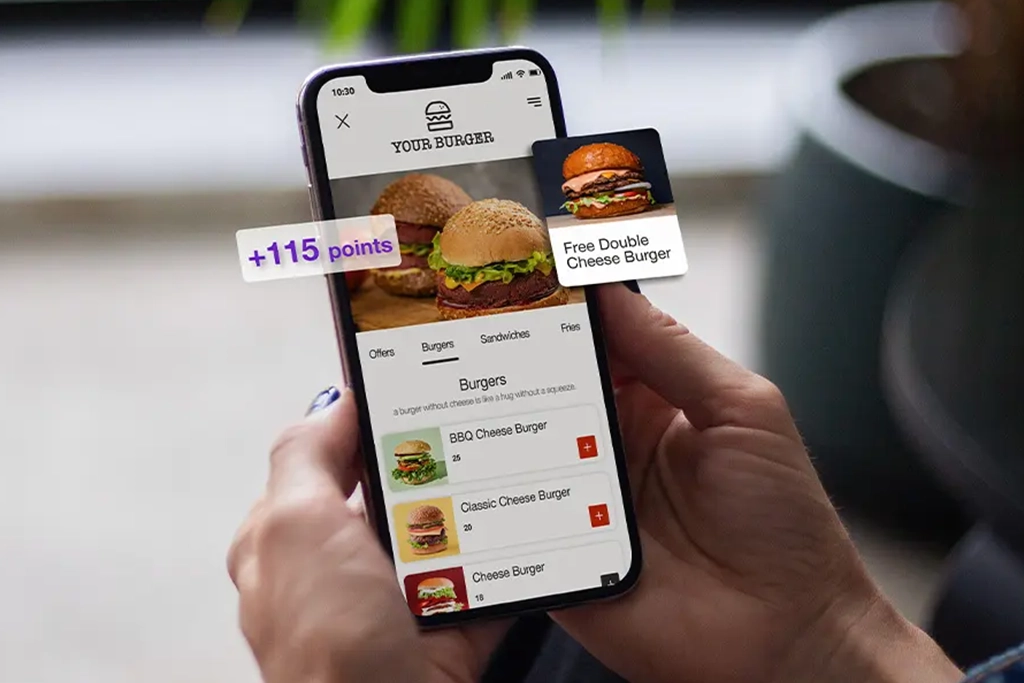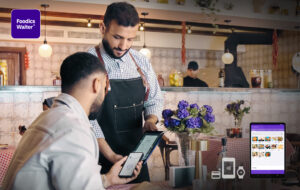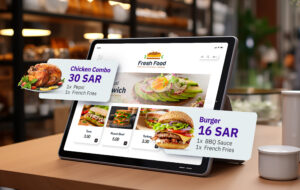Gamification in Restaurants Series- Part 2
In part 1 of this piece, we spoke about gamification and reasons why your business must consider adopting gamification strategies. By now you must be wondering how you can apply gamification strategies in your restaurant that will benefit both your customers AND employees. Below you will find a number of techniques that you can use to drive customer engagement externally and drive employees loyalty internally- and all through the gamification!
Gamification Strategies to Increase Customer Engagement
Here are some gamification strategies to implement in your restaurant to increase customer engagement:
1. Rewards for Number of Purchases
The simplest example of loyalty gamification is a stamp card or a digital rewards card. For example, when your customer buys a coffee, they get a stamp. This repeats a few times, until they get a free coffee on their eighth purchase.An example of a loyalty program is aPunch. aPunch helps customers collect stamps via their application, and ultimately provide them with exclusive offers and discounts on their next purchases.
Why this works you ask? Because your customer wants coffee, so they keep coming back for it, and when they get that free one, it makes them feel good and connected to your restaurant. By rewarding your guests based on their wants, you generate more engagement.
2. Rewards for Number of Points
You can level up your gamification rewards (literally) by creating a point system for your restaurant loyalty program. An example would be making 10 points worth $1 in rewards. Once a guest earns 200 points, they can redeem $20 off their next meal.
Take a look at Mukafaat for instance. Their platform will deliver full loyalty functionality (online, in-store, and mobile apps) to help you engage with your customers to motivate them to choose your brand.
3. Combine Gamification with Urgency
To push people to act within a certain timeframe, add a sense of urgency to your gamification plan, for example for every 9 pizzas ordered within a timeframe of one month, you get a free pizza of your choice (I’m actually drooling as I’m writing this!).
If you use BrandWallet, which is not an application but rather is embedded within a customer’s “wallet”, enables restaurants, coffee shops and cafes to reduce their churn rates, increase their retention scores by making their customers more loyal
4. Combine Gamification with “Order Ahead” Feature
Have your customers order their favorite foods in advance! Not only will they be thrilled that they would not have to wait around for their food to arrive, but also, they will have yet another reason to come eat at your restaurant more frequently: they will also get rewarded for ordering in advance! This way you will increase the number of your online orders.
5. Use gamification to Gain More Social Media Traction
Encouraging your customers to share their rewards and results on social media is one way of feeling good and acknowledged for doing something, and indirectly promoting your restaurant. Afterall, you are increasing your restaurant’s brand visibility and online presence. In fact, gamification increases social sharing by 22%.
6. Add a Bit of FOMO to Spice it Up
“Only 2 left! Click on the order but to grab your deal!”
How would you feel reading the above sentence? If your answer hovers around having the urgency to buy it or might make you miss on something valuable, this is what FOMO is all about! 60% of people will make a purchase and likely within 24 hours because of FOMO. As humans we have the need to be included and not miss out on anything therefore, adding a bit of FOMO would kick your loyalty program up. For example, LoyaPro uses digital cards to help maintain regular customers and increase their loyalty as well as giving you a reading on your loyal customer behavior.
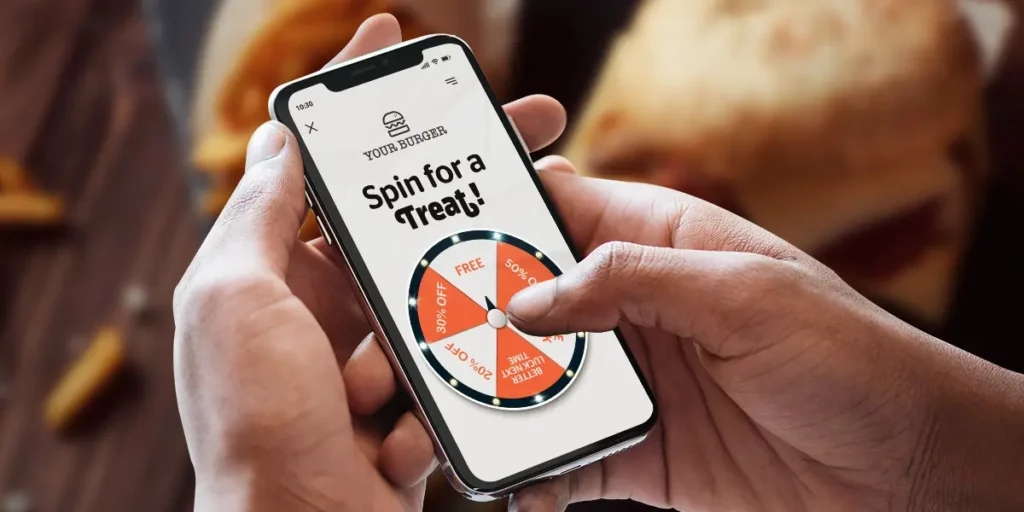
Gamification Strategies to Increase Employee Loyalty
Did you know that you can apply gamification to employee training, recruitment, evaluation, and organizational productivity?
The main purpose of applying gamification within employees is to drive back-end engagement and to influence sales and customer satisfaction. Goals are established for each employee within the restaurant and each employee has their unique challenges, goals, and rewards for achievement.
Every time an employee achieves goals (or every time they win) they are rewarded, for example when exceeding the sales target or when viewing training materials, or receiving a positive review from a customer, they’re given reward points. As they receive more points, they ‘level up’ through the game, progressing to higher levels, earning recognition, status, and unlocking rewards. In fact, TalentLMS surveyed 900 employees about the effect of gamification on their tasks and 89% of them believed they would be more productive if their work had more gamification.
If you want to integrate gamification into your restaurant, you need the right tools for the job. You can use an all-in-one restaurant management system, just like Foodics’. You can see how often an employee has sold a certain dish or how much revenue the team has achieved. There are also special software solutions that specialize in data analysis for the hospitality industry and provide even more meaningful insight.
Foodics’ system, for example, helps with tracking and monitoring employees’ performance through the following:
- For the staff, the Cashier App tracks their working hours and achievements during their shifts
- For the kitchen team, the KDS (Kitchen Display System) registers the speed of meal delivery by measuring the time from receiving the order till it’s ready for pickup
- For waiters, the Waiter App acts like the Cashier App
- For the call center team, the Call Center App tracks their performance
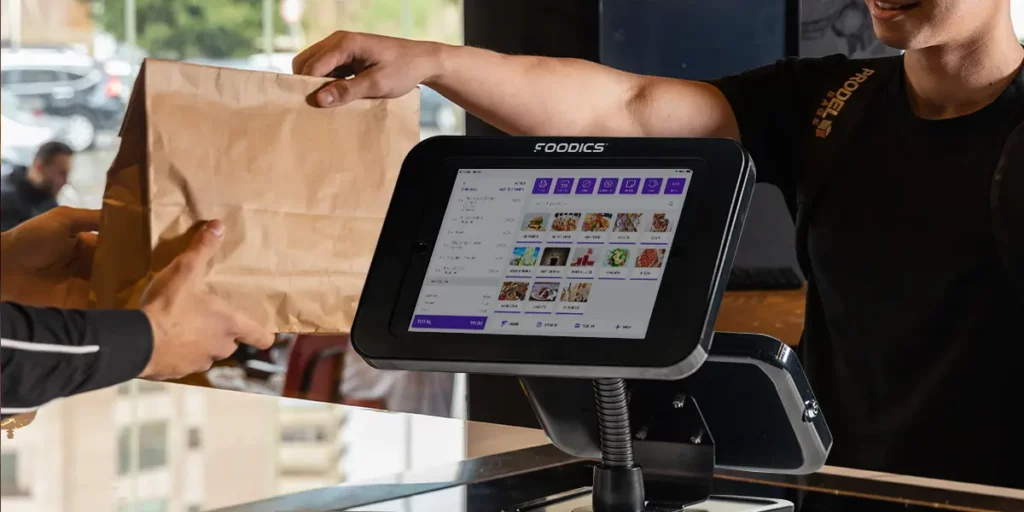
Conclusion
Remember, using gamification as a strategy engages both your employees and your customers. In fact, companies that actively engage employees have customer loyalty rates 233% higher than companies that do not.
Not only that! Engaged customers represent a 23% higher share in profitability, revenue, and relationship growth. As a restaurant owner, it’s best to engage your customers to the best of your ability if you want a higher ROI.
With this in mind: Let the games begin!
